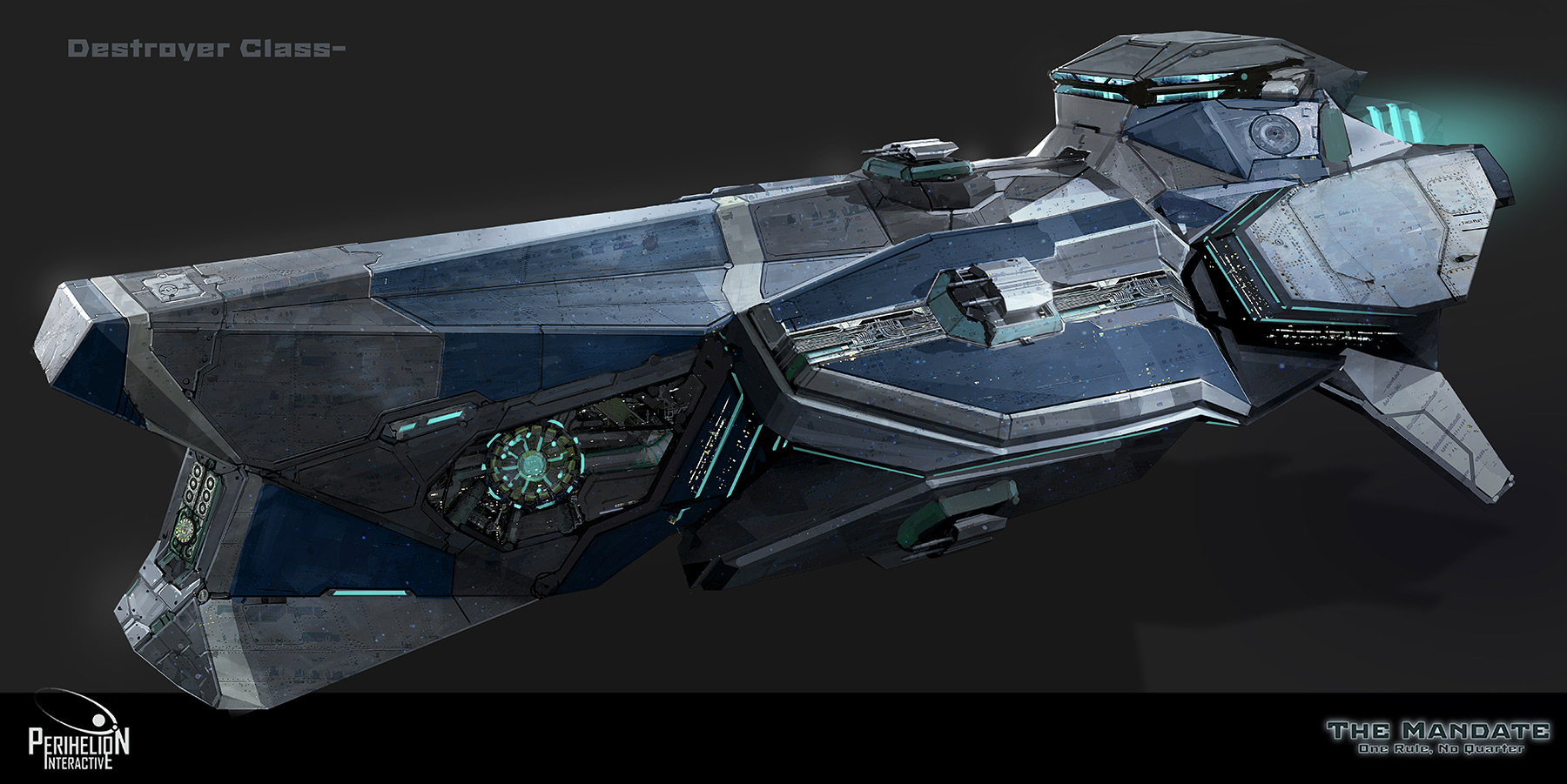


In both the near and far-term future, experts such as Millis imagine interstellar vessels won't spend much of their time in an atmosphere. Like the Russian Soyuz capsule, SpaceX's Dragon currently splashes down in the ocean (though SpaceX plans to move toward rocket-powered launchpad landings). And wings aren't even required for landings. The only real-world spacecraft that bother with wings are ones designed to make regular landings on runways, such as the retired Space Shuttle, the upcoming Lynx (a suborbital two-seater from XCOR) or the Dream Chaser, an in-development orbital craft from Sierra Nevada. One look at the Icarus design-or its predecessor, the Daedalus-and it's clear what starships don't need: wings. We asked Millis, who once led NASA's Breakthrough Propulsion Physics Project, to take us through the basics of starship design. It's simply the design that might make sense to build first. But according to Millis, Icarus isn't a definitive, catch-all prediction of what an interstellar craft might look like. The skyscraper-size behemoth is comprised almost entirely of rows and clusters of spherical fuel tanks. Icarus, as it's currently envisioned, isn't the sleekest space ride. The foundation has proposed candidate technologies and designs, including the Icarus unmanned fusion-powered probe, which would accelerate (theoretically, of course) to one-tenth or one-fifth the speed of light. Millis, founder of the Tau Zero Foundation. One of the participants of the 100 Year Starship project is Marc G. In fact, the 100 Year Starship initiative-which began as a DARPA-funded contest to lay the foundations for a flight across the stars, gathering physicists, entrepreneurs, and anyone seriously interested in long-distance space travel-just finished its annual symposium this past weekend. While a manned interstellar mission isn't exactly on NASA's upcoming schedule, researchers haven't abandoned the topic to science fiction. Play icon The triangle icon that indicates to play


 0 kommentar(er)
0 kommentar(er)
